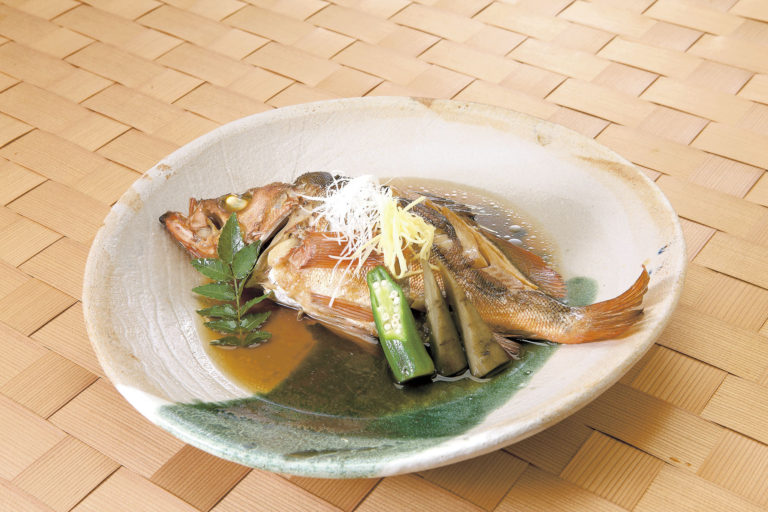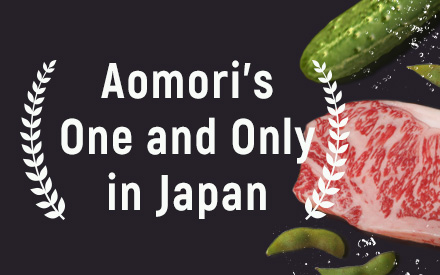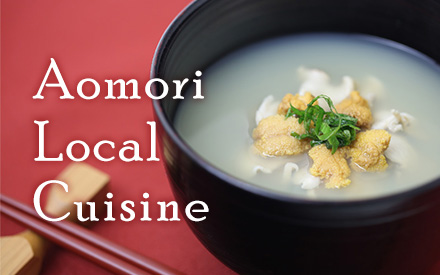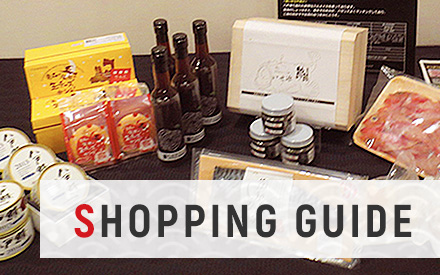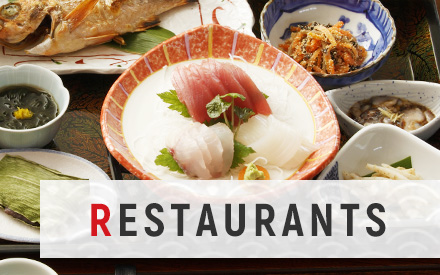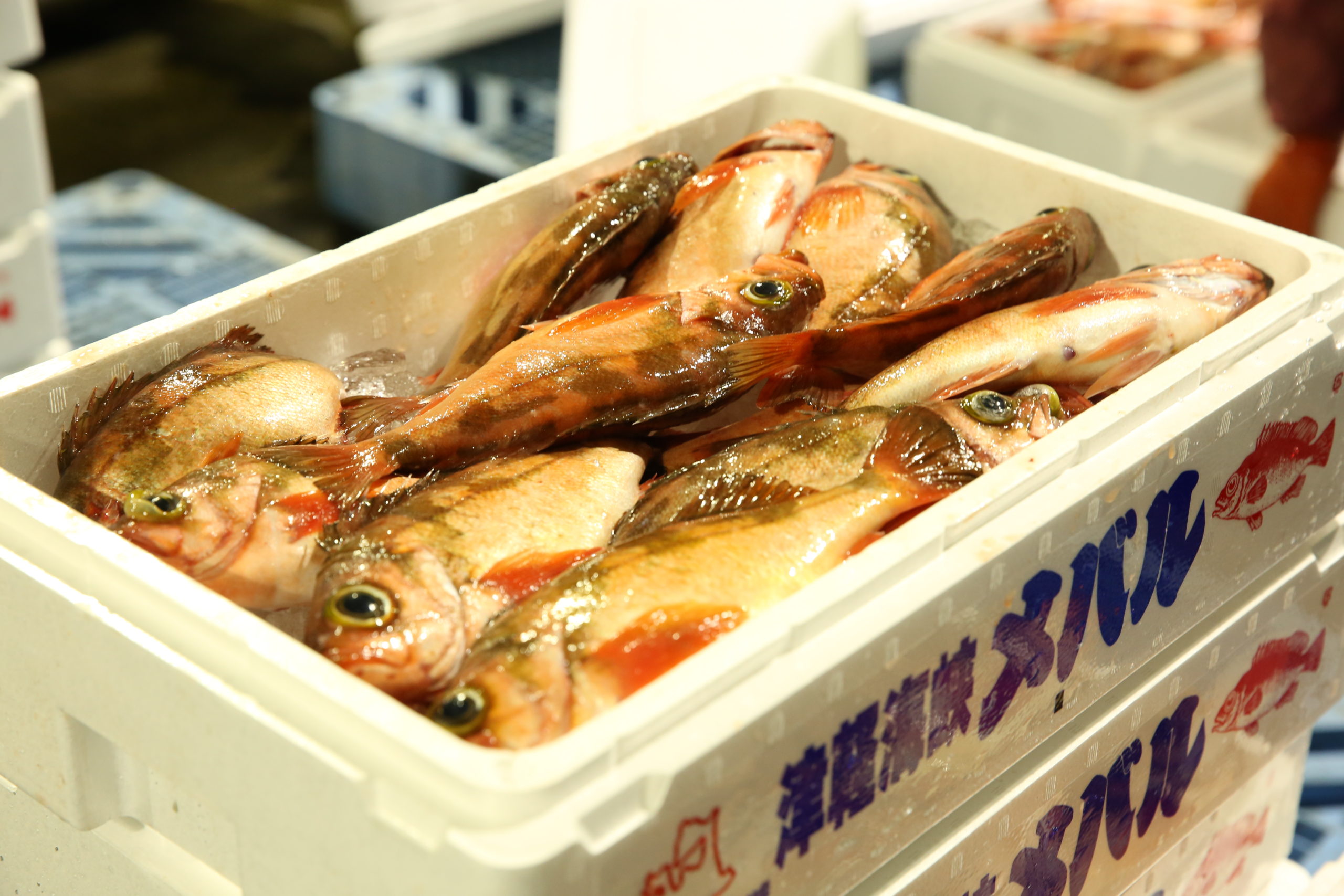
Featured in this article is the goldeye rockfish, or “usu-mebaru,” caught in the Sea of Japan of Aomori prefecture. Aomori boasts the number one catch in the nation.
About Usu-mebaru
“Usu-mebaru” is in the family scorpaenidae, genus sebastidae. With a crimson body and irregular grey colored patterns, its beautiful appearance is thought to bring good fortune. It is traded at high prices in the Tokyo market.
The average size of a mature fish is about 30 cm.
Known as Aomori’s springtime fish, it goes in season from spring to early summer, when the catch increases.
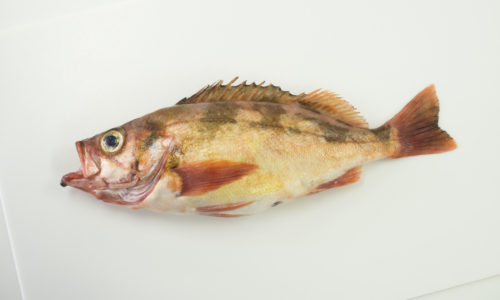
Ecology of Usu-mebaru
Young fish (1.5-5 cm in length) swim on the surface of the sea attached to seaweed. When they are 1 to 2 years old (5-7 cm), they reach the coast of Aomori, preferring areas with shallow water no deeper than 30 meters.
They prefer relatively low temperatures and begin to search for suitable waters of around 9-16°C. As they grow, they move to deeper waters between the depths of 50 m to 200 m.
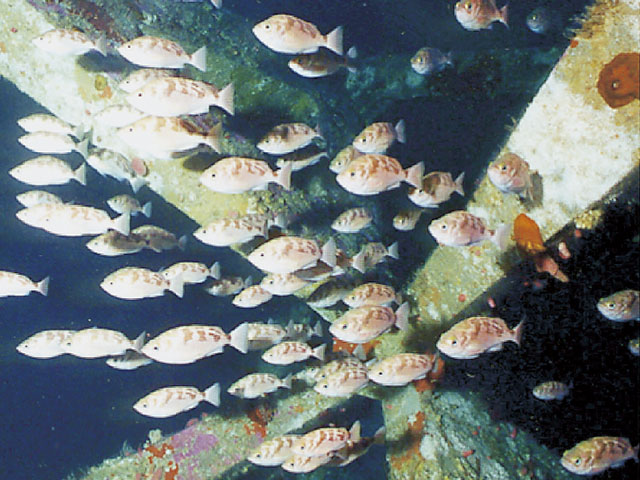
Fishing Usu-mebaru
The fishing of usu-mebaru uses two methods: “fixed gillnet fishing*1 ” or “single line fishing.” As the number of usu-mebaru is declining, resource management is in full swing, including the establishment of closed seasons and strict restrictions on fishing hours.
*1 Fixed gill nets: A banded net is set in the path of the fish. The net is called a “gill net” because the fish appears to get stuck by their gills in the net.
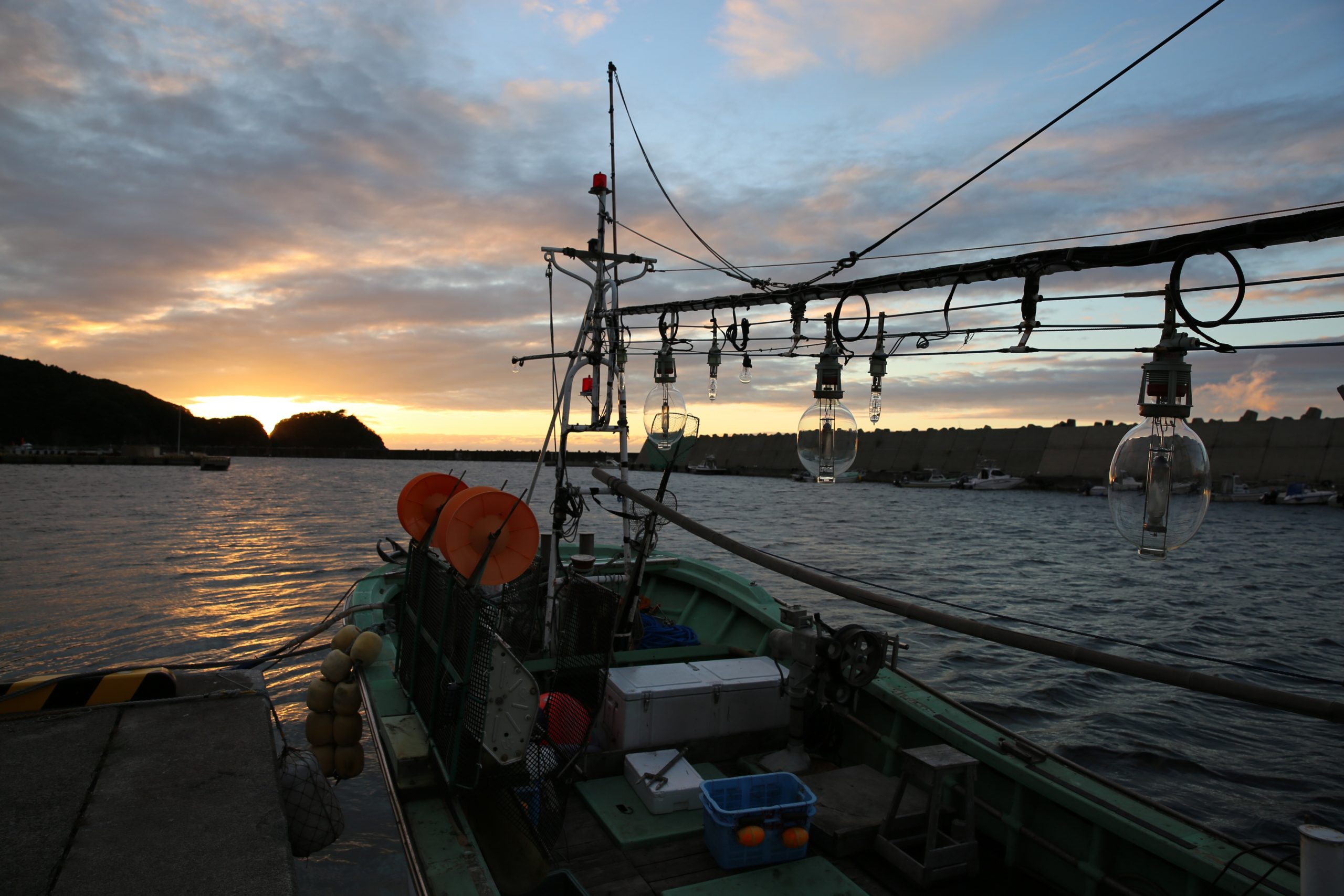
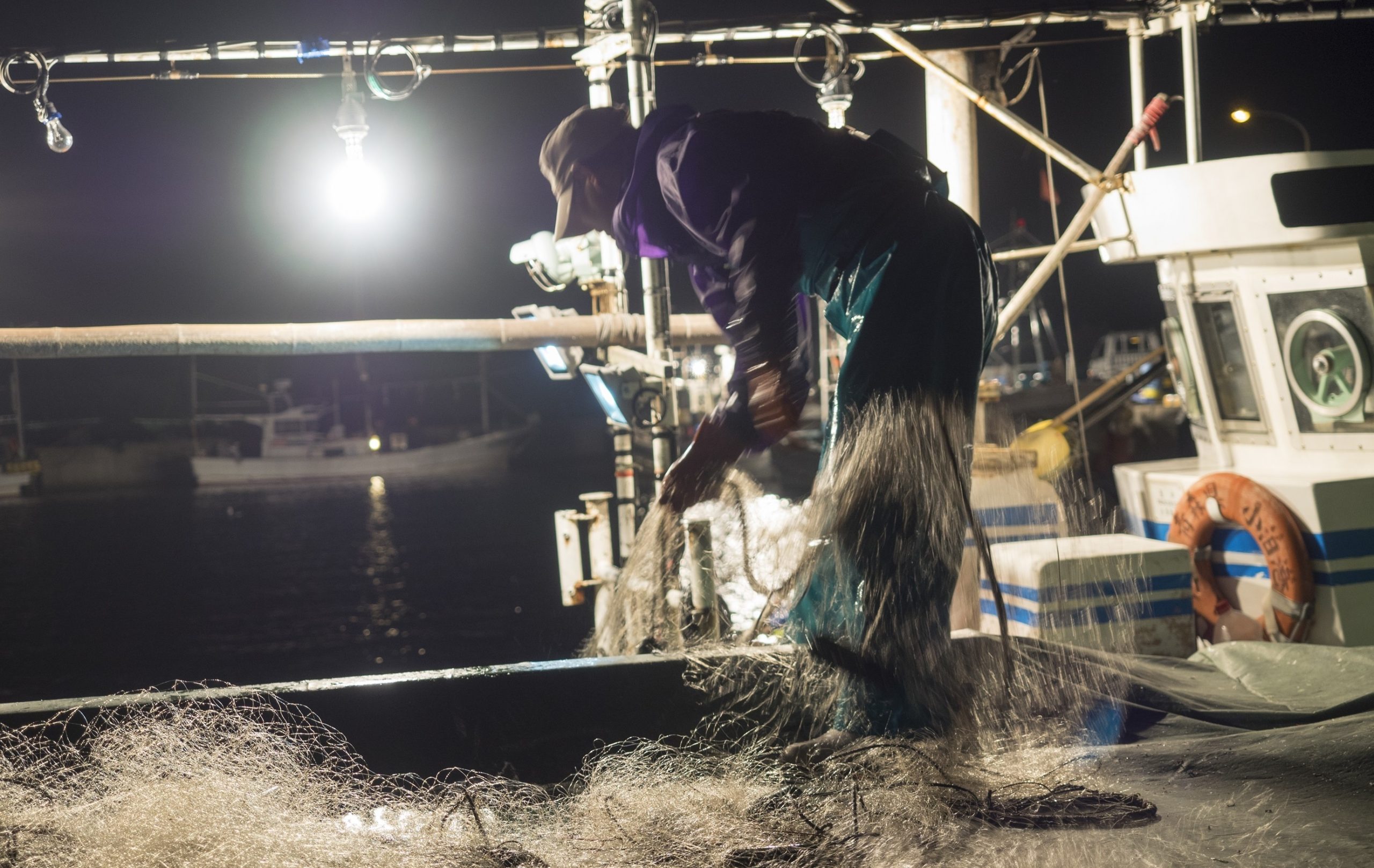
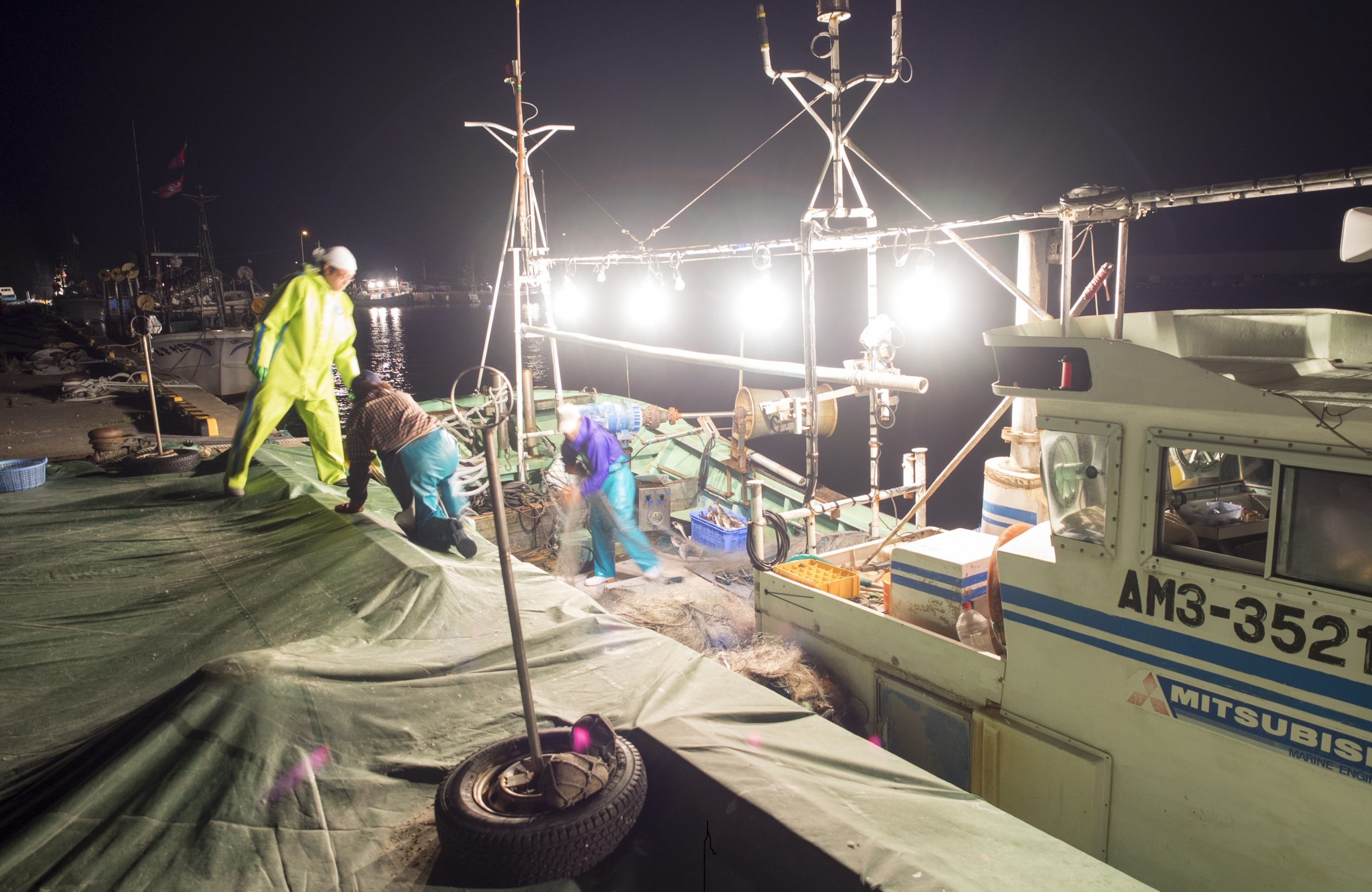
Usu-mebaru of Aomori
Tsugaru Strait Goldeye Rockfish
The Tsugaru Strait is known for its fast currents. The “usu-mebaru” caught in the Kodomari area of Nakadomari town grows in the waters of the Tsugaru Straits, producing high-quality meat through moderate activity and abundant feeding. It has a light, elegant flavor, and its firm flesh has a pleasant elasticity. The fish is fatty and delicious, especially in the spring. This is a highly nutritious fish that contains a lot of DHA, is high in protein, and is low in fat.
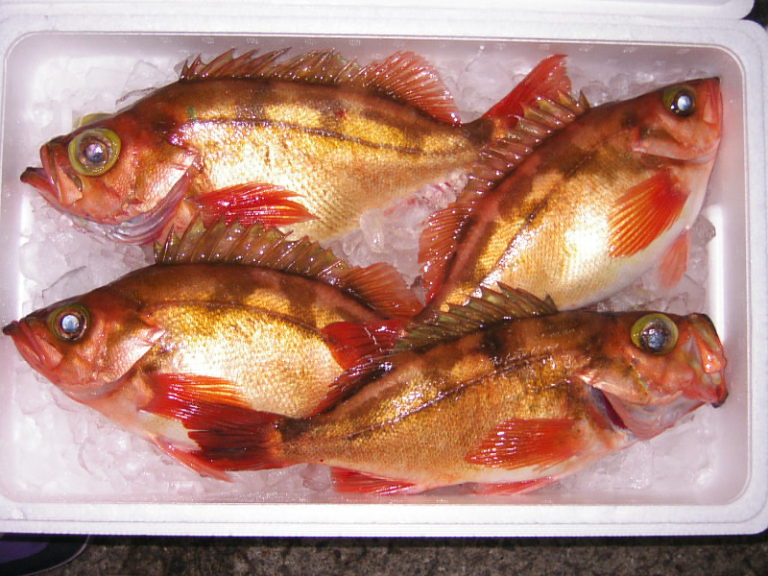
Cape Tappi Gold Rockfish
The Cape Tappi Gold Rockfish is the first successfully farmed usu-mebaru in Japan. Grown in the northernmost tip of the Tsugaru Peninsula in Aomori, the Aomori Prefectural Fisheries Processing Technology Center and others conducted research and succeeded in farming mebaru, which had been said to be impossible to farm.
Wild young fish are collected from Mutsu Bay, raised for three years, and then sent to market. They are raised in deep ocean water collected from near the Seikan Tunnel, 240 meters below the bottom of the Tsugaru Strait. The major difference between a farmed and a wild caught fish is that the farmed fish is alive when landed. While the Usu-mebaru caught from the deep sea die before they reach land, the farmed usu-mebaru is brought to land while still alive.
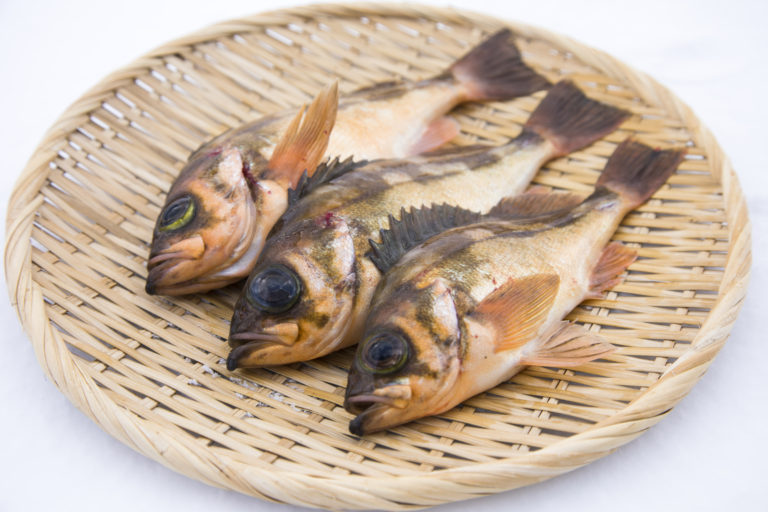
How to Enjoy Usu-mebaru
Nakadomari Mebaru Sashimi Nitsuke Zen
Found in the town of Nakadomari in Aomori, where Tsugaru Strait Goldeye Rockfish is caught, Nakadomari Mebaru Sashimi Nitsuke Zen is a local specialty that features both sashimi and nitsuke fish simmered in soy sauce.
The sashimi of usu-mebaru is highly recommended, as it is only available when at its utmost freshness.
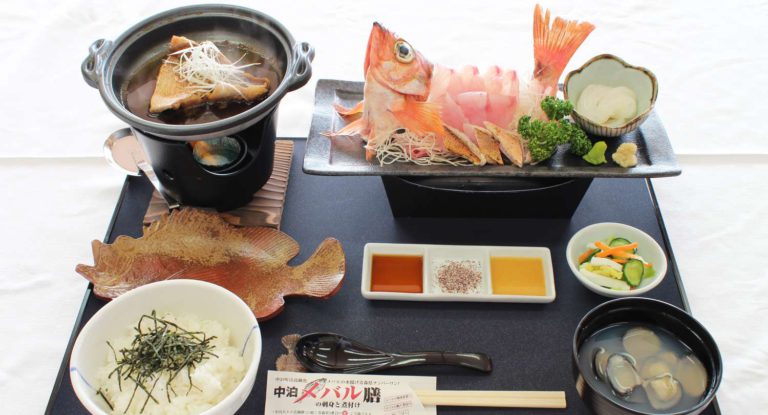
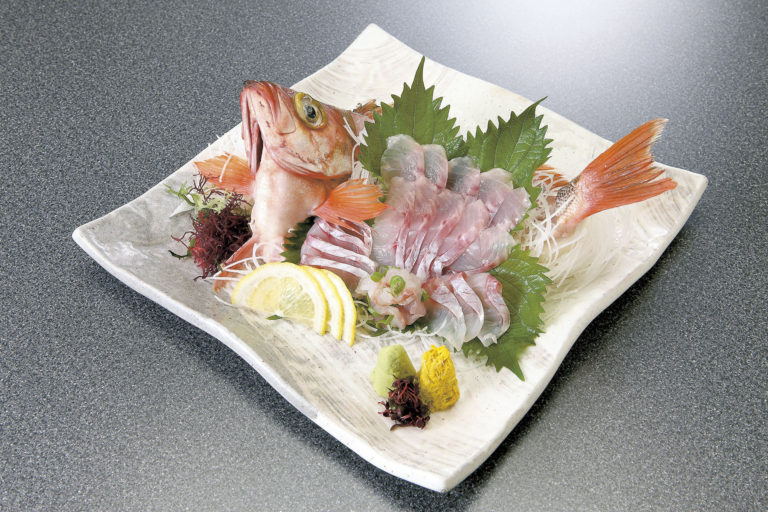
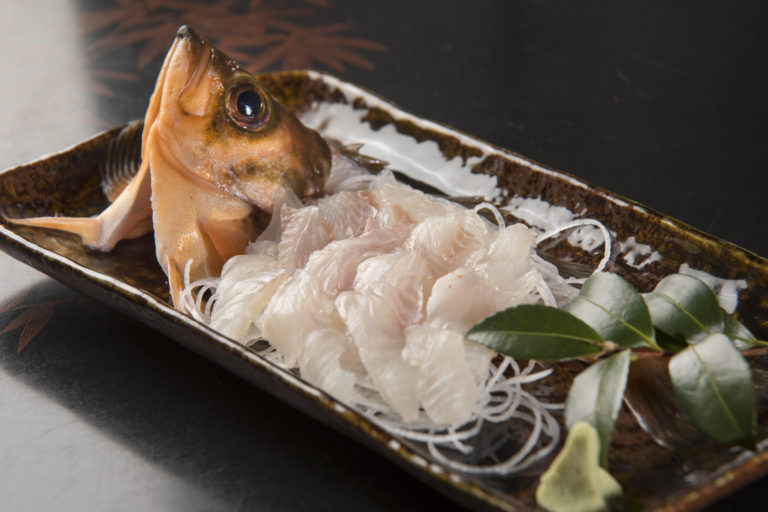
Mebaru Nitsuke
Nitsuke, or fish simmered in soy sauce, is another recommended dish to enjoy mebaru. With the perfect amount of fat, it becomes tender with an elegant flavor. Locals think of nitsuke as the main method of preparing mebaru.
